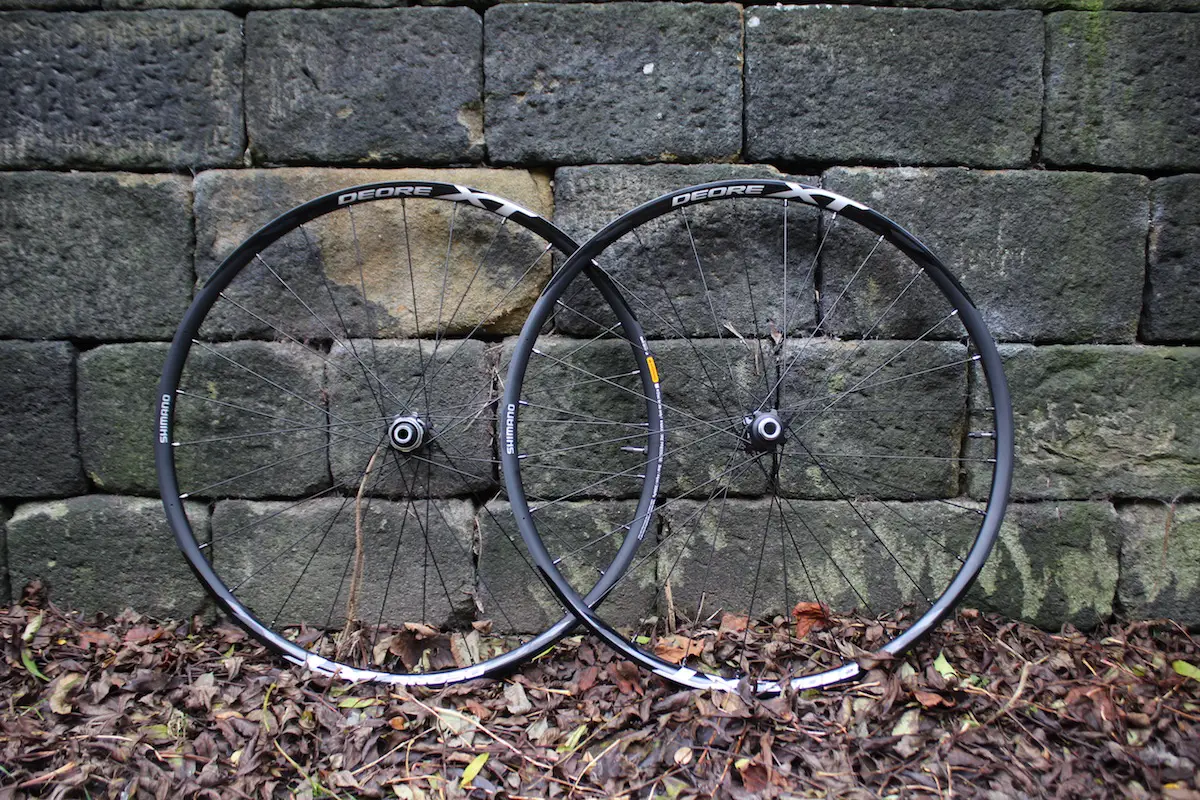In the springtime of last year, Shimano rolled out the latest chapter in the 28-year history of the Deore XT group set. Packed with a good dose of trickle-down technology from Shimano’s latest XTR 11-speed components, the M8000 Deore XT group set arrived midway through the year following an enormous level of anticipation from riders all around the globe.
You may recall Sim’s first riding impressions of the Deore XT group set, which features 11-speed shifting, wide range cassette options, the new Side Swing front derailleur, and revised hydraulic disc brakes. You may have also read Chipps’ complete review of the Deore XT group set back in Issue #102 of Singletrack Magazine, which earned Shimano the ‘Singletrack Recommended’ stamp of approval.
Here however, we’re going to take a closer look at the wheels from the Japanese giant’s workhorse group set.
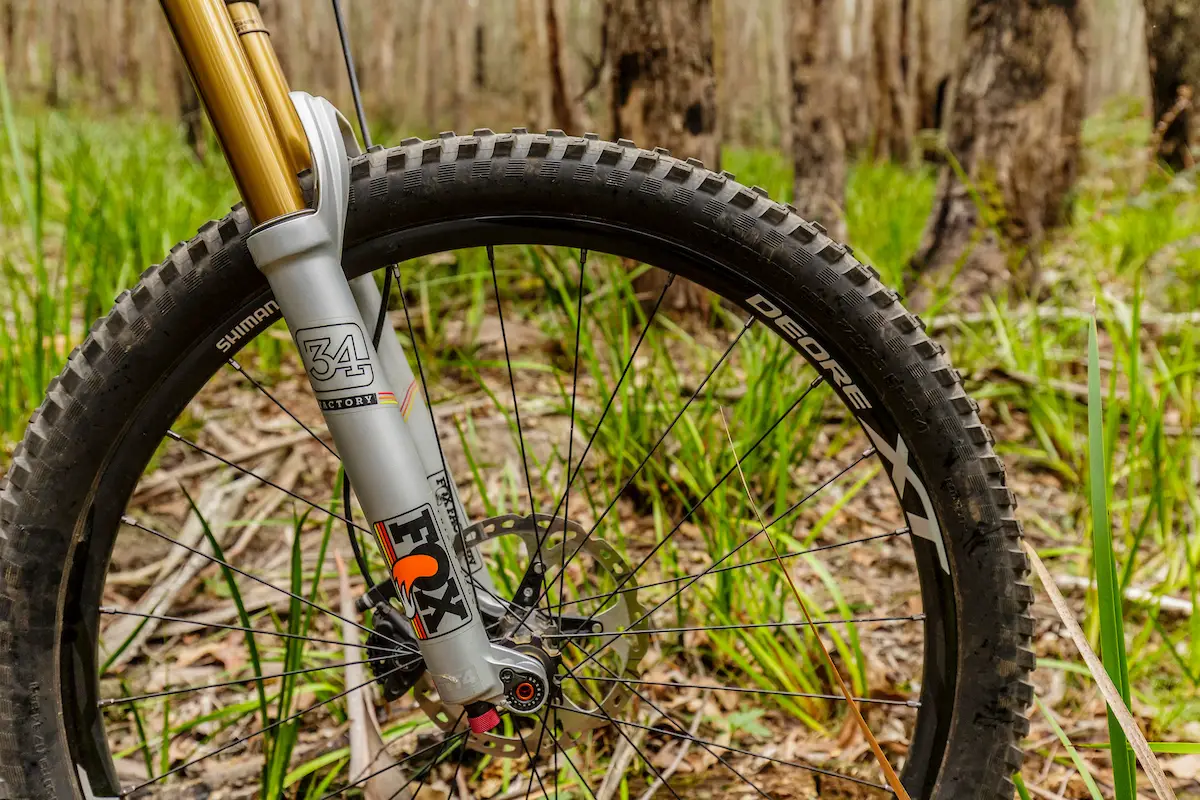
As with previous group sets before it, Deore XT M8000 continues Shimano’s theme of splitting their range into ‘Race’ and ‘Trail’ categories, with dedicated components to address the needs of two very different types of users. In the case of the wheels, there’s the M8000 ‘Race’ wheelset, and then the M8020 ‘Trail’ wheel set that I’ve been riding. The M8020 Trail wheels feature wider and stronger rims that are suited to aggressive riding and fatter rubber. Think 130-150mm travel trail bikes with 2.3” wide tyres, dropper posts and wide handlebars. Basically the bikes that most of us ride.
At less than £400 for the set, they’re less than half the price of the XTR Trail wheelset. So, are they half as good?

First Impressions
Some other reviewers have referred to Deore XT as “working man’s bling”. Personally, I think the XT group set has a far more utilitarian aesthetic. It looks good enough, but it ain’t flashy. Likewise, the rim construction of the XT wheels is far more utilitarian than its trick XTR cousin. Rather than the exotic carbon-alloy hybrid construction of the XTR Trail rims, the XT version elects for an all-alloy design that helps to keep the price at much more attainable level.
Compared to the outgoing XT wheels that we reviewed back in 2014, the new rims no longer feature a solid tubeless rim bed. They’re still labelled as UST Tubeless, but the conventionally drilled rims now rely on a tubeless rim strip to keep things airtight. Shimano claims that the new design has dropped about 40 grams per rim off the new XT wheels, whilst still offering a high level of rigidity and durability.

The overall profile has been pumped up considerably over the former XT Trail wheelset. Rim width has grown 3mm and now measures 24mm internally, which Shimano claims is good for tyres up to 2.4” wide. In comparison, the M8000 Race wheels feature a narrower rim with a 20mm internal rim width.
The rims are asymmetrically drilled, which helps to better balance spoke tensions from left to right. Along with redesigned hub architecture, it also means that the XT Trail wheels feature a single spoke length for both front and rear wheels. Which is bloody brilliant. That said, they are proprietary to Shimano, so it’s still a good idea to grab some spares at the time of purchase. Each wheel is laced with 28 double-butted steel spokes, and they use a straight-pull design.

The hubs haven’t changed drastically over the previous models, though they are said to have improved seals to reduce rolling friction. They feature the classic cup ‘n’ cone bearing design that is synonymous with Shimano hubs, and it allows them to be easily serviced and maintained by competent home mechanics.
The hubs are Centrelock only, though they use a standard freehub body that will suit 8/9/10/11-speed cassettes. Obviously, a SRAM XD freehub body is not an option. The freehub body is made from forged steel, and is responsible for a lot of the weight in the XT hubs. For anyone who’s had to pry individual cassette sprockets off lightweight alloy freehub bodies though, the weight penalty brings longterm practicality.


As it currently stands, the XT Trail wheels are only available to suit a QR15 fork and a 142x12mm back-end. We’re told that wider Boost versions are on the way in the future. However, you can get the XT Trail wheels in either 27.5” or 29” diameters. On test here is the 27.5” version, which weighed in at 1887 grams on our scales.
Trail Time
Compared to the previous XT wheels I’ve ridden, the M8020’s are much more stable and noticeably stiffer too. They have a solid and substantial feeling underfoot, which is perfectly suited to today’s modern trail bikes with their big forks and low-slung frame geometry. Shimano has clearly recognised the higher demands being placed on modern trail bikes these days, and it’s equipped the new wheels to meet those demands.
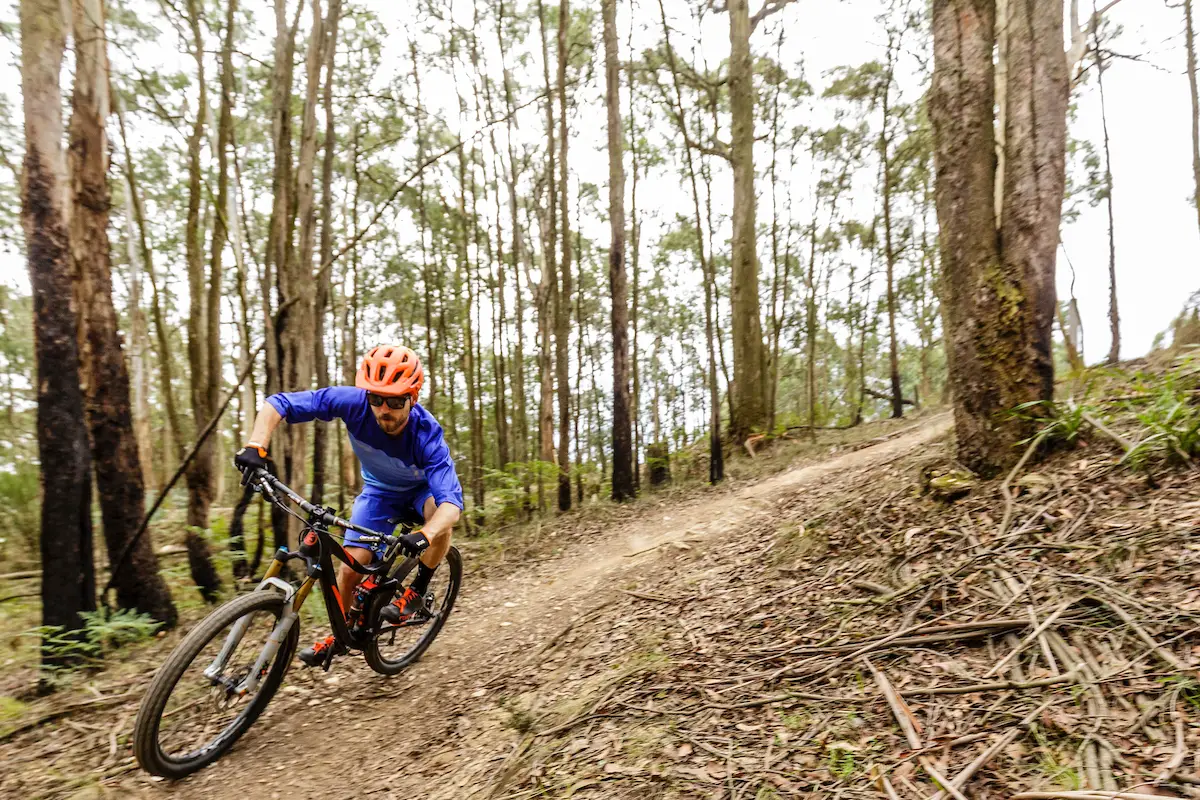
Coming in close to the 2kg mark, the XT Trail isn’t a light wheel set. That said, they do ride a lot lighter than their number suggests on paper, which I’d say is largely attributable to their impressive all-round rigidity. A floppy wheel set can hamper acceleration and handling response, making your bike feel sluggish overall. Not the XT Trail wheels though. Those straight-pull spokes are strung with high tension values to keep everything feeling taut, and unlike wheels with lower spoke counts, the rim is better supported all the way round.
Another contributing factor to the overall wheel strength is the angular contact bearing design. With a greater ability to cope with side loads compared to a radial cartridge bearing, the Shimano hubs assist with minimising flex around the axles, even when you’re diving hard into a berm at speed. Less flex at the axle means less movement at the rim, so the wheels track straighter when the going gets rough and loose. However, they’re not so stiff as to shake your teeth out, like some carbon rims do. Instead, it’s a nice and comfortable ride quality.
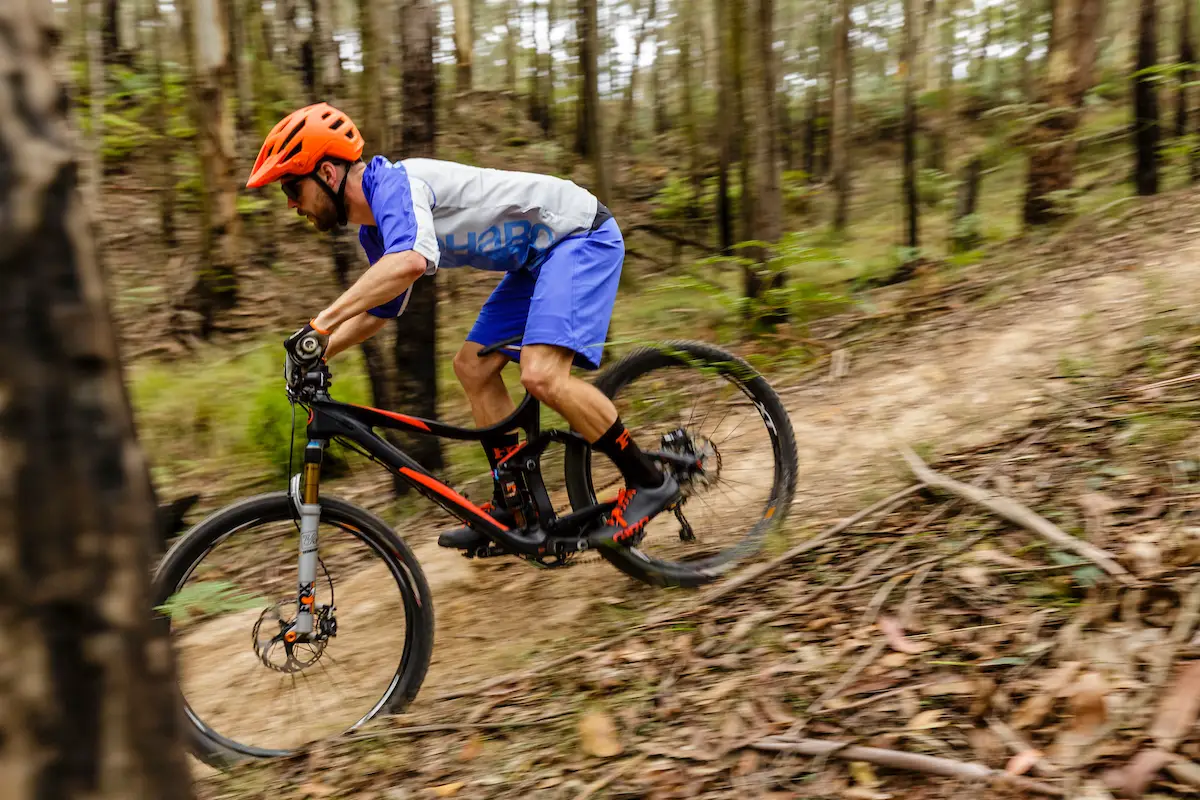
Sufficiently Wide?
Some have criticised Shimano for missing the boat with rim width on their new Trail wheels. At 24mm internally, the XT Trail wheel isn’t overly wide by modern standards, when many other brands are pushing past the 30mm barrier. There are a number of reasons why other manufacturers have gone wider, though the general consensus out there is that it helps to broaden the mounting base for the tyre beads, which adds stability to the tyre casing.
So why the 24mm width then?

During the test period, I setup the XT Trail wheels with a Specialized Butcher up front and a Slaughter out back, both tubeless in the 2.3” size. Prior to testing the XT Trail wheels, I had been using the Bouwmeester Tammar wheels with a 31mm internal rim width, and before that, a set of Reynolds AM Carbon wheels with a 23mm internal rim width.
My findings?
A wide rim certainly has the effect of stabilising a tyre, and especially so at lower tyre pressures. It can put more tread onto the trail surface at the one time, and overall I’ve found I can run pressures around 2-3psi lower.

This is certainly the case when comparing the new XT Trail wheels to their predecessors. They’re stiffer, more stable, and you can get away with a little less pressure for a smoother ride. But when compared to the Bouwmeester Tammar wheels setup with the same tyres however, the XT Trail wheels do feel a little wobblier when being pushed into high-load scenarios on the trail.
That said, there are many current mountain bike tyres that don’t enjoy sitting on a super wide rim, and funny things can happen to their overall profile. As an example, I setup a Maxxis Ikon 2.35” wide tyre on the 31mm wide Bouwmeester Tammar wheels, and it was horrible. The casing bulged out so far on the wider rim that hard cornering regularly left me with zero traction as the bald casing came into contact with the trail.
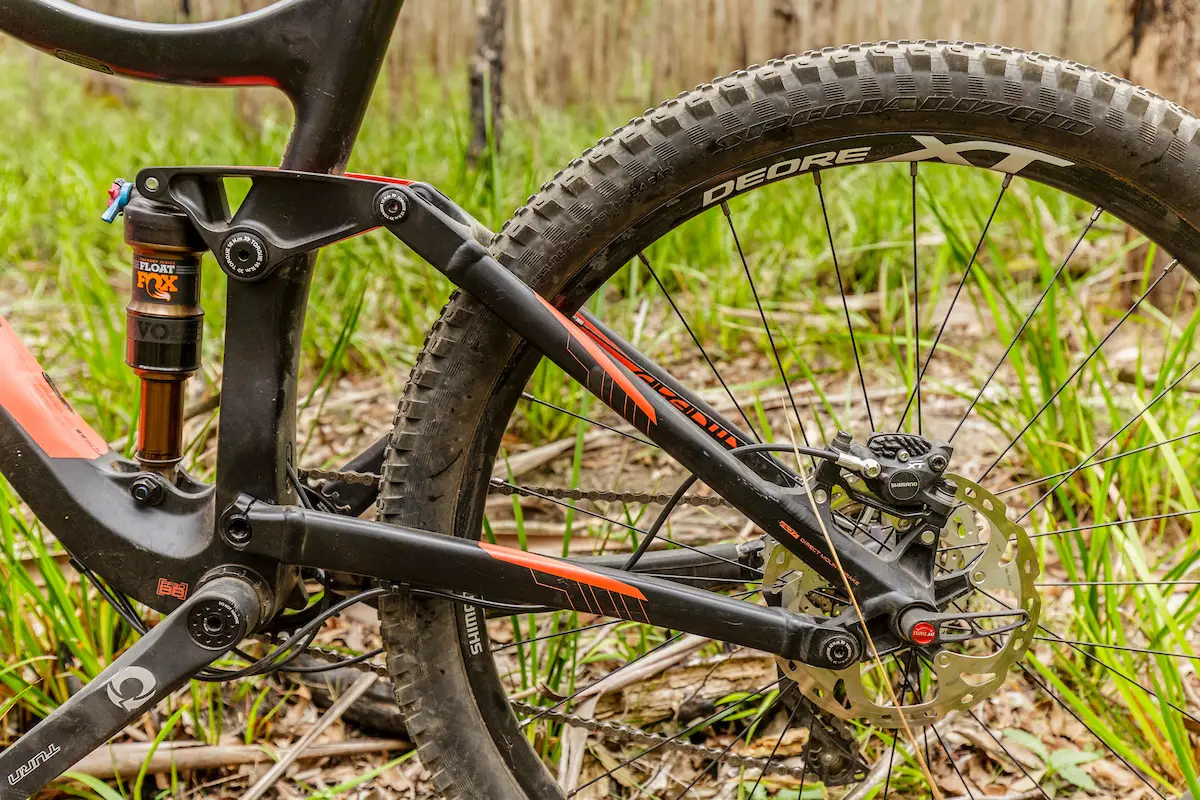
This will change in the near future. New tyre profiles intentionally suited to wide rims have arrived, and the problem that I experienced with the Ikon’s and other tyres will become less of a problem moving forward. As it stands right now though, don’t expect to get a super-wide wheel set and for it to be 100% compatible with every tyre out there. The XT Trail wheel set with its 24mm internal rim width however, will be Mickey Mouse with most 2”-2.3” wide tyres on the market.
Could they be wider? Sure, they could be a couple of mm’s wider, but I’m not convinced it’s necessary. Through my recent wheel testing, it has also become apparent that super-wide rims can sometimes leave a tyre feeling a little too stiff, because the profile ends up being squared off too much. In comparison, the 24mm internal rim width on the XT Trail wheels helps to maintain the round profile of the tyre casing, which gives the rubber a little more ‘spring’. I might be splitting hairs here, but over the course of a long day of technical riding, the difference in damping does have a noticeable affect on rider fatigue.
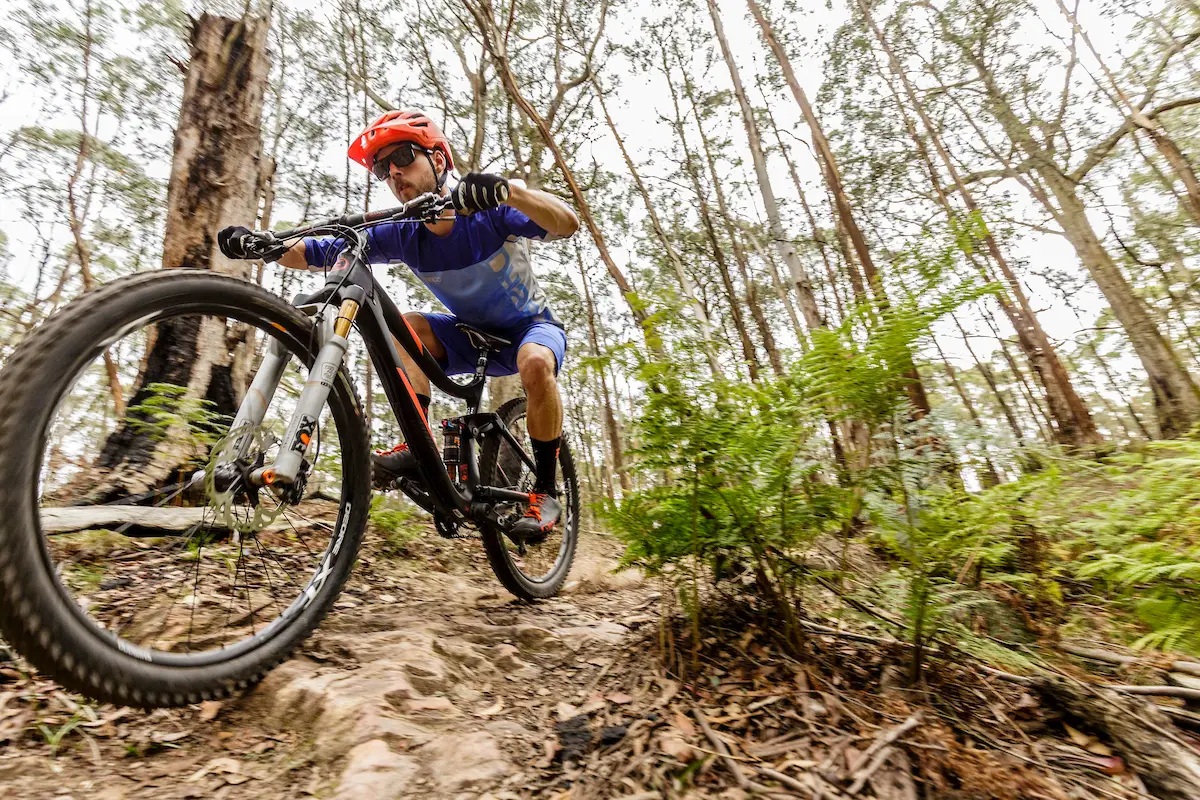
Longterm Durability
During the test period, I gave the XT Trail wheels an absolute hammering. While they shrugged off most of my efforts, I did manage to put a decent ding into the rear rim after squashing the tyre hard into a sharp imbedded rock on a gnarly descent. It wasn’t enough to send the wheel out of true, so it was only when I was changing out the rear tyre when I noticed the slight warp to the rim bead. The tubeless tyre had continued to stay sealed, and I’d had no noticeable issues otherwise, so I was impressed at how well the wheel had taken the impact. I’m not entirely sure what the damage would have been if the rim was carbon. Perhaps a more fatal crack?
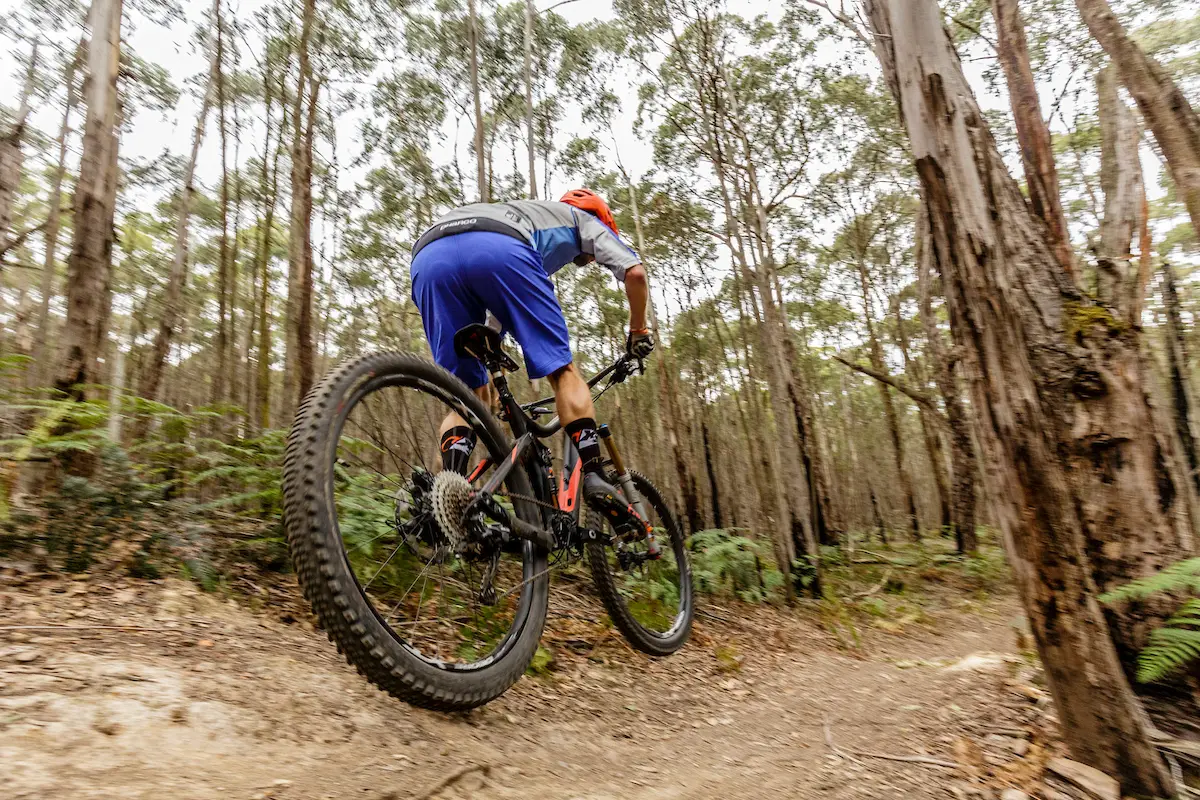
Otherwise all of the spokes have stayed where they should, and the wheels remained straight and true throughout testing. As for the hubs, the cup & cone bearings showed minimal signs of contamination despite plenty of wet weather riding and regular washing. They are serviceable,
After one bout of particularly wet and muddy riding, the wheels were left dormant for a couple of weeks before I got them rolling again. Within the first ride back on the XT Trail wheels, it appeared that the freehub mechanism had become quite sticky, which took a few rides to settle in and free up. Since then, I’ve not had any issues with it, though the freehub does feel a little grindy when you have the wheel out of the bike.
Unfortunately, while the bearings are serviceable, the freehub is not. So when it does cark it, it’s a case of unbolting the existing body and replacing it with a whole new body for £39.99. On the note of replacements, you can also get bearing rebuild kits for each hub, and complete axle kits too.

Overall
Just like their understated appearance, the XT Trail wheel set delivers reliable and unassuming performance on the trail. They’re smooth, stiff, responsive, and the freehub isn’t obnoxiously loud. Which I quite like.
They’re also super tough too. They’ve taken an absolute hammering throughout the test period, and they’re yet to experience a spoke key or a burped tyre. While I didn’t bust any spokes, I’d still recommend sourcing some spares for your toolbox though. The last thing you want is to bust a spoke a few days out from a race and find that your LBS doesn’t have any in stock. But that’s always going to be a trade off with buying a ‘system’ wheel like the XT Trail wheel set.

Relative to the competition, the XT Trail wheels are priced well. You can certainly access cheap carbon wheels at this price, but none of those options will ride as smoothly as the XT Trail wheels, and I’d bet my left nut that the alloy rims will take a whole lot more abuse too. Sure they’re not flashy, but if you prefer your gear to go about its business with minimal fuss, then the XT Trail wheels are definitely worth a look.

